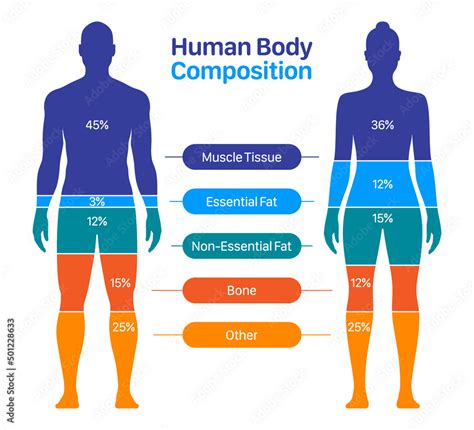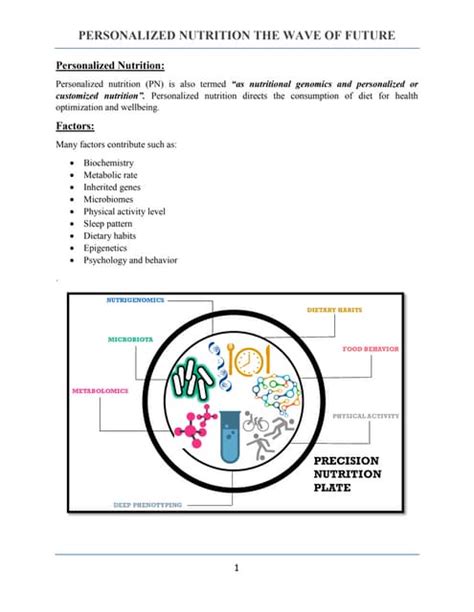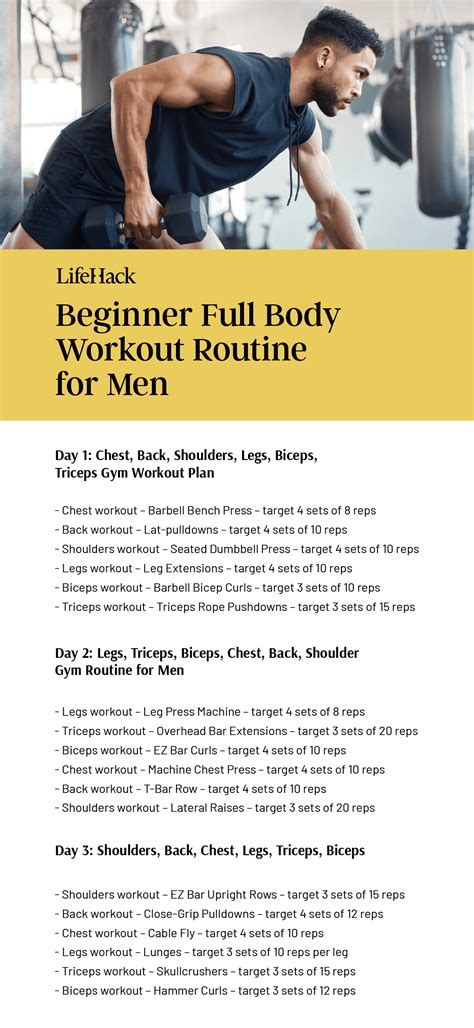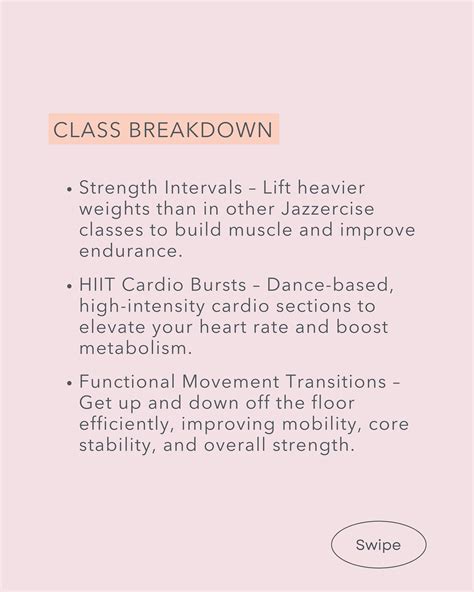Understanding your body’s energy expenditure is fundamental to health, weight management, and overall well-being. At the heart of this lies the resting metabolic rate (RMR), a measurement that quantifies the number of calories your body burns while at complete rest to maintain vital functions like breathing, circulation, and cell production. But how does this crucial metric differ between adult males and females?

Understanding Resting Metabolic Rate (RMR)
RMR accounts for the vast majority of the calories burned by most people each day, typically between 60% and 75% of total daily energy expenditure. It’s often used interchangeably with Basal Metabolic Rate (BMR), though RMR is usually a slightly higher measurement as it includes minimal activity beyond complete rest, such as light digestion or small movements. Various factors influence an individual’s RMR, including age, genetics, body composition, and hormonal status.
RMR in Adult Males
For adult males, the average resting metabolic rate can vary widely but generally falls in the range of 1,600 to 1,800 calories per day, though this can extend from 1,400 to over 2,000 depending on individual characteristics. The primary driver behind a male’s RMR is often their higher average muscle mass. Muscle tissue is metabolically more active than fat tissue, meaning it burns more calories even at rest. A male with a larger build, more lean muscle, and a lower body fat percentage will typically have a higher RMR.

RMR in Adult Females
Adult females generally exhibit an average RMR lower than that of males, typically ranging from 1,200 to 1,500 calories per day, with individual variations ranging from 1,000 to 1,700 or more. This difference is largely attributed to natural physiological distinctions. Females, on average, tend to have a higher percentage of body fat and a lower percentage of lean muscle mass compared to males. Additionally, hormonal differences, particularly related to estrogen, can play a role in metabolic processes, though body composition remains the most significant factor.

Comparing Male vs. Female RMR (Similar Age and Weight)
Even when comparing an adult male and an adult female of similar age and weight, the male’s RMR is typically higher. This apparent paradox is best explained by differences in body composition. A male and female might weigh the same, but the male will generally have a higher proportion of muscle mass and a lower proportion of body fat. Since muscle tissue is metabolically more active, the male’s body will expend more energy at rest. For instance, if a male and female both weigh 150 lbs, the male might have 30 lbs more muscle than the female, leading to a significantly higher RMR.

Key Factors Influencing RMR Beyond Sex
While sex and body composition are major determinants, several other factors can significantly impact an individual’s RMR:
- Age: RMR generally declines with age, largely due to a natural reduction in muscle mass.
- Genetics: Individual metabolic efficiency can be influenced by inherited traits.
- Hormones: Thyroid hormones, in particular, play a critical role in regulating metabolism. Imbalances can drastically alter RMR.
- Body Temperature: Both fever and cold exposure can temporarily increase RMR as the body works to regulate temperature.
- Diet: Starvation or very low-calorie diets can cause RMR to drop as the body tries to conserve energy.
- Activity Level: While RMR measures resting state, a consistently active lifestyle builds muscle, which in turn boosts RMR.
Implications for Health and Weight Management
Understanding these gender-based RMR differences is crucial for personalized health and nutrition strategies. Females, with their typically lower RMR, may need to consume fewer calories or engage in more physical activity than males of similar age and weight to maintain or lose weight. For both sexes, focusing on building and maintaining lean muscle mass through strength training can be an effective way to naturally increase RMR, making weight management more sustainable. Rather than comparing directly, individuals should focus on their unique metabolic profile.

Conclusion
In summary, adult males generally have a higher average resting metabolic rate than adult females, even when controlling for age and weight. This primary distinction stems from fundamental differences in body composition, with males typically possessing a greater percentage of metabolically active muscle mass. Recognizing these innate physiological variations is vital for accurate calorie estimation and for developing effective, individualized approaches to nutrition, exercise, and overall health optimization for both men and women.




